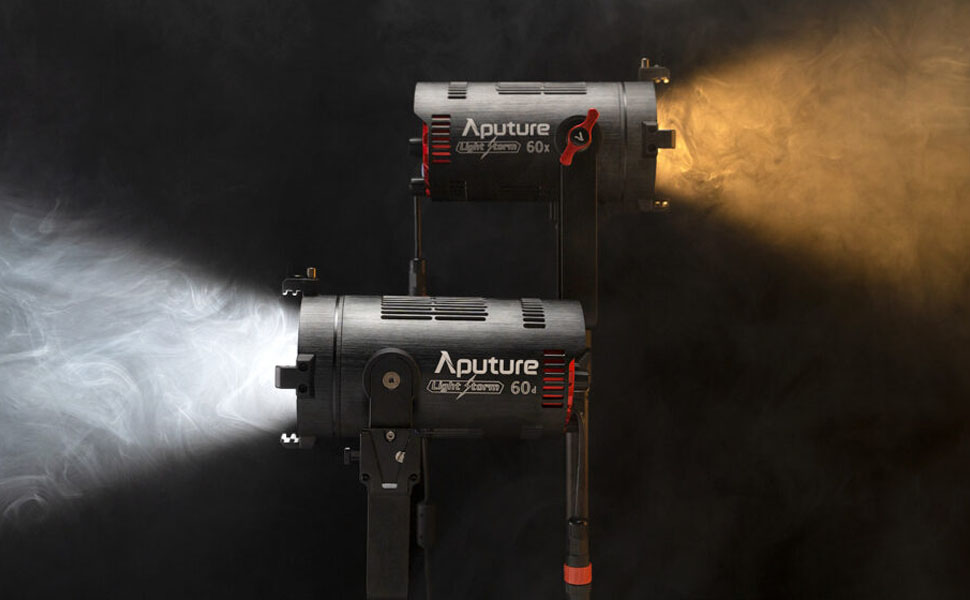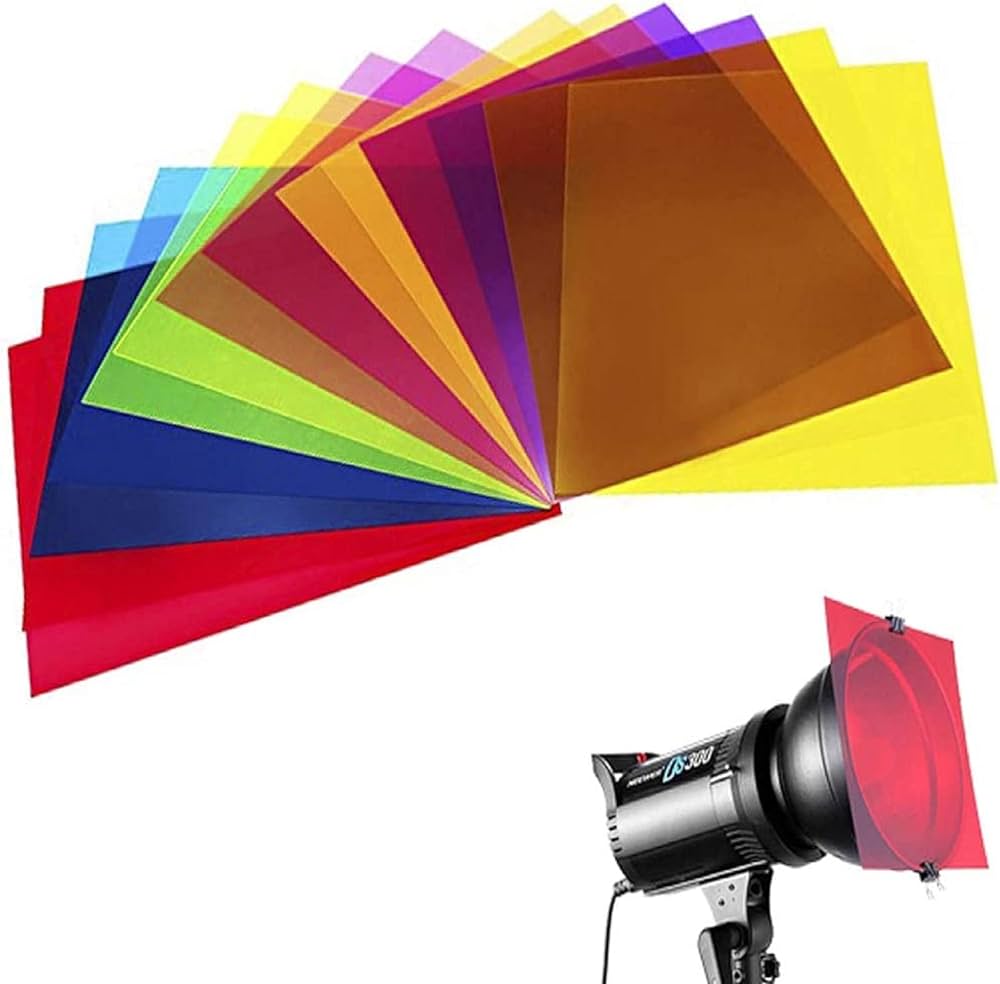During our group session for the Micro Teach, I was able to take part in many different object-based learning sessions from a variety of disciplines. My sessions aim was to create various visual scenarios using coloured light and imagination, to give participants an idea as to how lighting is designed for film.

I specifically chose to use the Aputure 60x light because they are bi-colour, which means that they are able to adjust to both cool and hot colour temperature- so the light itself can look very blue or orange. The orange colour temperature is for golden hour and tungsten (3200 kelvin) style lighting depending on the colour temperature level measured in kelvins; or it could look like day light on a cloudy day, but if you increase the colour temperature to 6000 kelvin it could even give you a blue tint.
Participants were seated in a cinema-like arrangement with controlled lighting conditions in a blacked out room. I shone the light on them, to help them embark on visual journeys behind closed eyes. I took the participants to the Antarctic, where there were penguins and ice causing white glare back up in their eyes, visualising them selves as Ernest Shackleton style explorers.
I wanted to do an example of golden hour however the light malfunctioned and didn’t adjust the colour temperature (which I had checked the day before and it was working perfectly well). However, sometimes this happens with technology, so I brought coloured gels as a backup plan. (Though at this point I felt my confidence be knocked).

We then went on another visual journey underwater within the blue Mediterranean Sea swimming among fish and feeling the sun break through the water. I got the sea effect through using a coloured blue gel with a similar blue hue to the Mediterranean. Last but not least we put the special effects strobe lighting style on to take them to a club (although we didn’t have music), and of course before putting this effect on I did ask the class if anyone had epilepsy due to flashing lights and all participants said no.
Once I had completed the demonstration, we stopped for Q&A, and feedback. I passed around the light and the various gel’s, and asked them to explore the physicality of the light, and to look through the gels. I received positive feedback from my peers and they all felt pretty relaxed due to the meditative and reflective space we created for this lighting workshop. It was then time to restore the room for the next session, which meant putting the chairs back and the putting the blinds backup. Within my own sessions students are responsible for setting up and packing down a room so I included this in my micro-teach session.
My peers demonstrated their expertise in teaching their respective fields. However, feeling nervous about leading my own session and the lighting malfunction, I spoke to my tutor and I realised that regardless of my peers’ professional backgrounds, learners prioritise their own learning over what the teacher is doing. This realisation was comforting, highlighting the importance of focusing on learners’ needs and interests.
(Word Count 545)
Below is a timed session Plan for My micro-teaching session.
Below is my account for the rest of my peers and how I remembered their micro teach sessions.